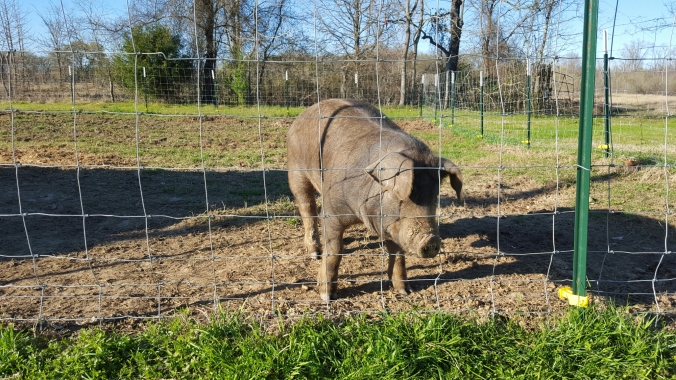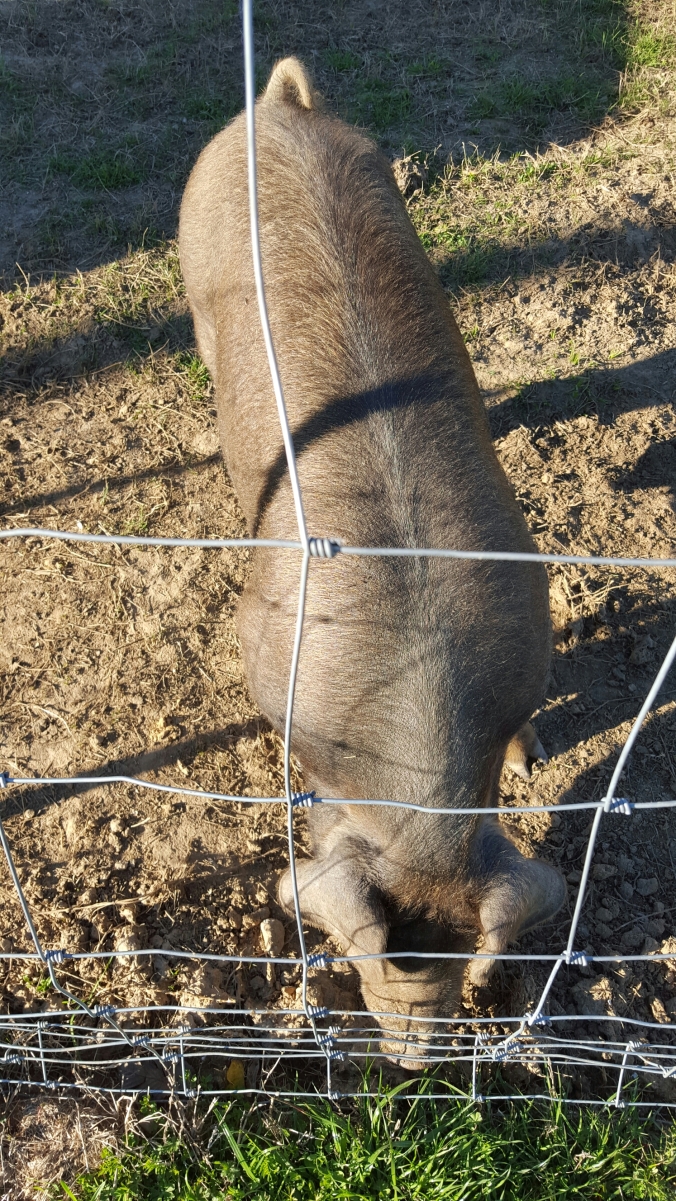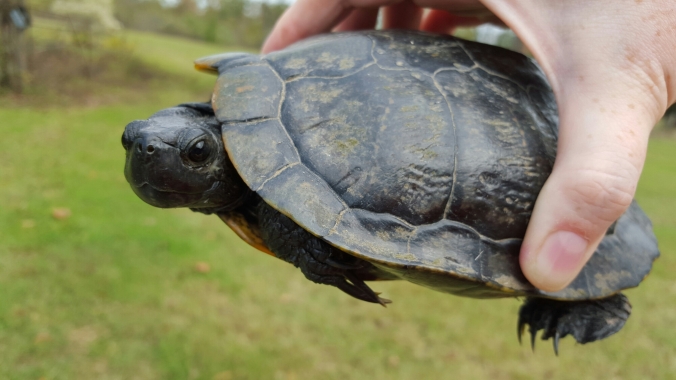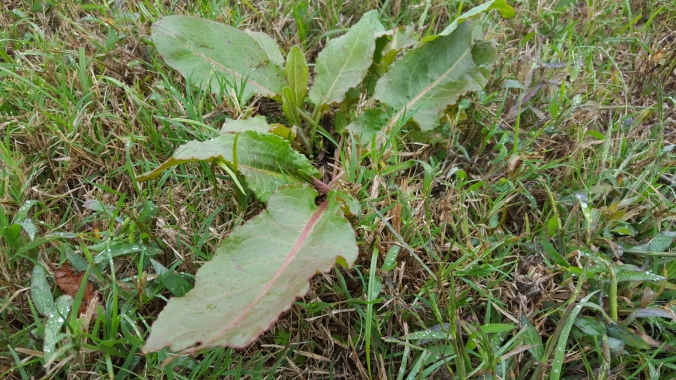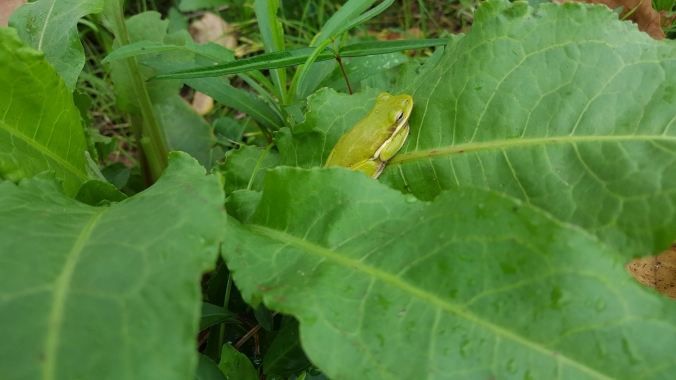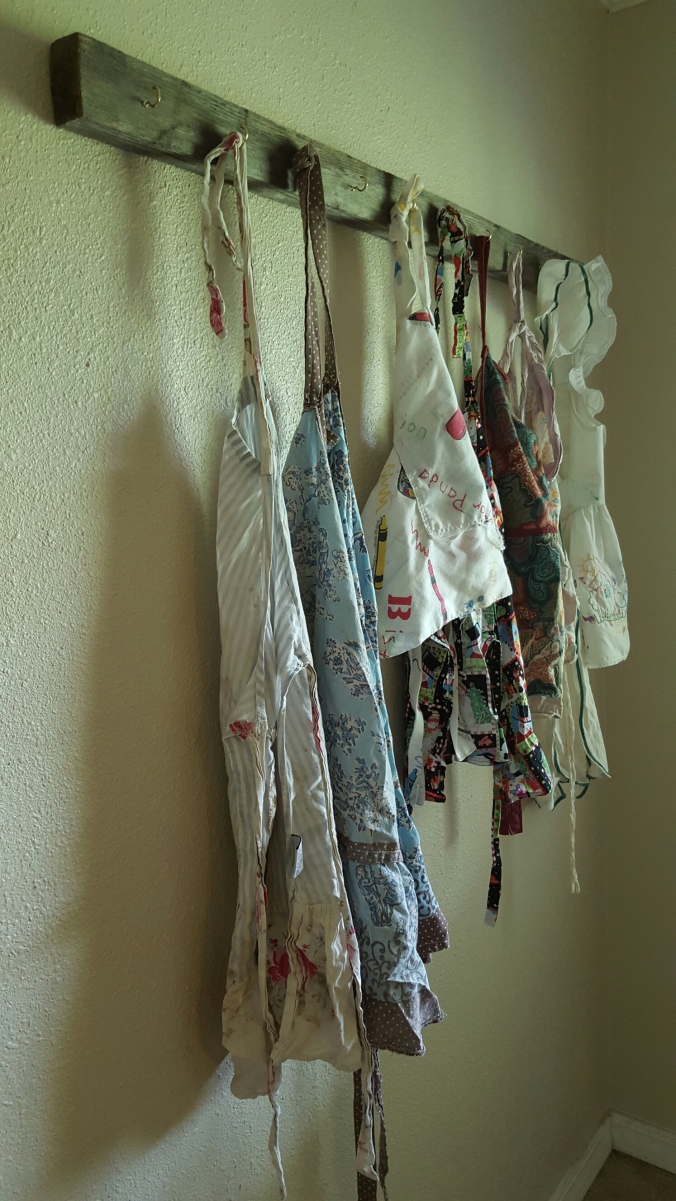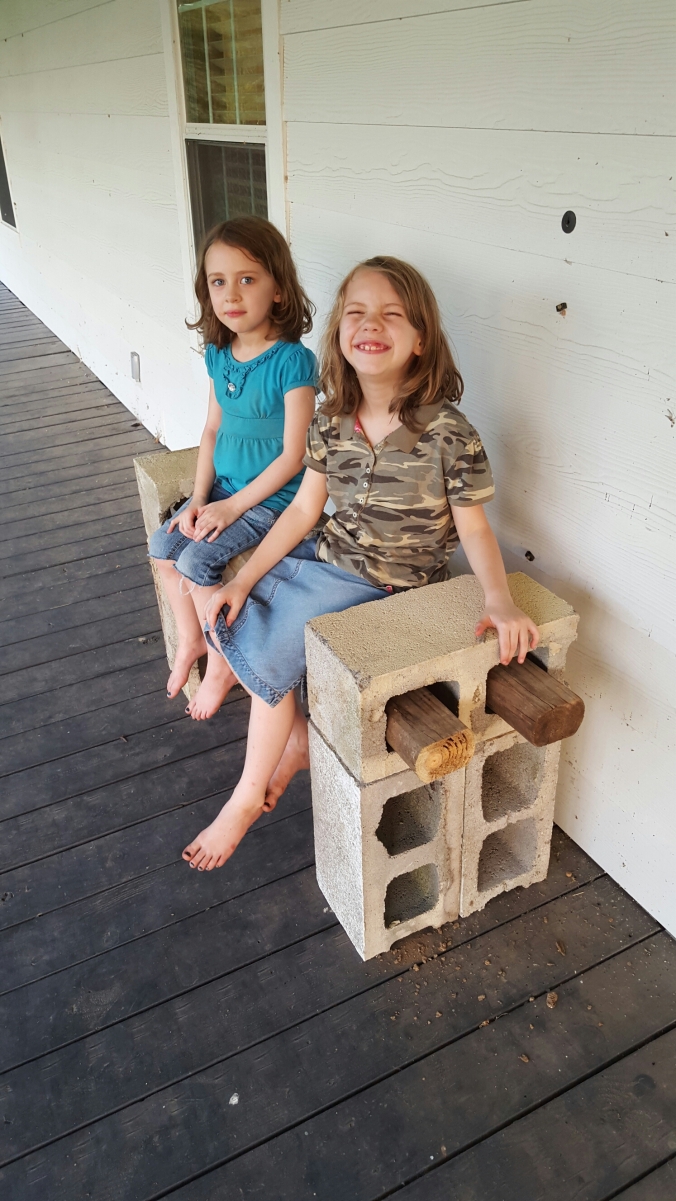So recently, we’ve discovered that Malcolm is picky.
Yes, I know. It completely defies everything you thought you knew about pigs. It’s true, though.
You see, Malcolm will step right over a pile of dried corn to eat a handful of fresh grass from my daughter. He will root through an entire bucket of scraps for boiled potatoes before he moves on.
This has resulted in an enormous waste of expensive animal feed. I, in my infinite silliness, decided to try a bag of swine feed from the feed store, even though the ingredient list was questionable.
Would you like to know what happened?
He ignored it.
Mountains of it.
I’m fairly certain that bag of feed was a complete waste of money, because Malcolm even started ignoring his previous favorite, dried corn. Really, would you want to crunch on dried corn when you knew that potatoes were coming eventually?
So, I decided to cook my spoiled pig some corn. I used the electric kettle to boil some soaking water and poured it over a bowlful of corn in my crockpot. I left it on high for a few hours and then turned it off to cool.
I drained the cooled corn and squirted some flaxseed oil over it, and proceeded to the hog pen.
He ate it right up.
So, this evening, Malcolm will be getting a “stew” of asparagus stems, potatoes, and dried corn, courtesy of my slow cooker. He’ll be happy, and I’ll be happy that at least part of that corn isn’t going to waste.
I have no idea what I’m going to do with the swine feed. The birds won’t even eat it. Maybe I’ll throw a little in the stew.
